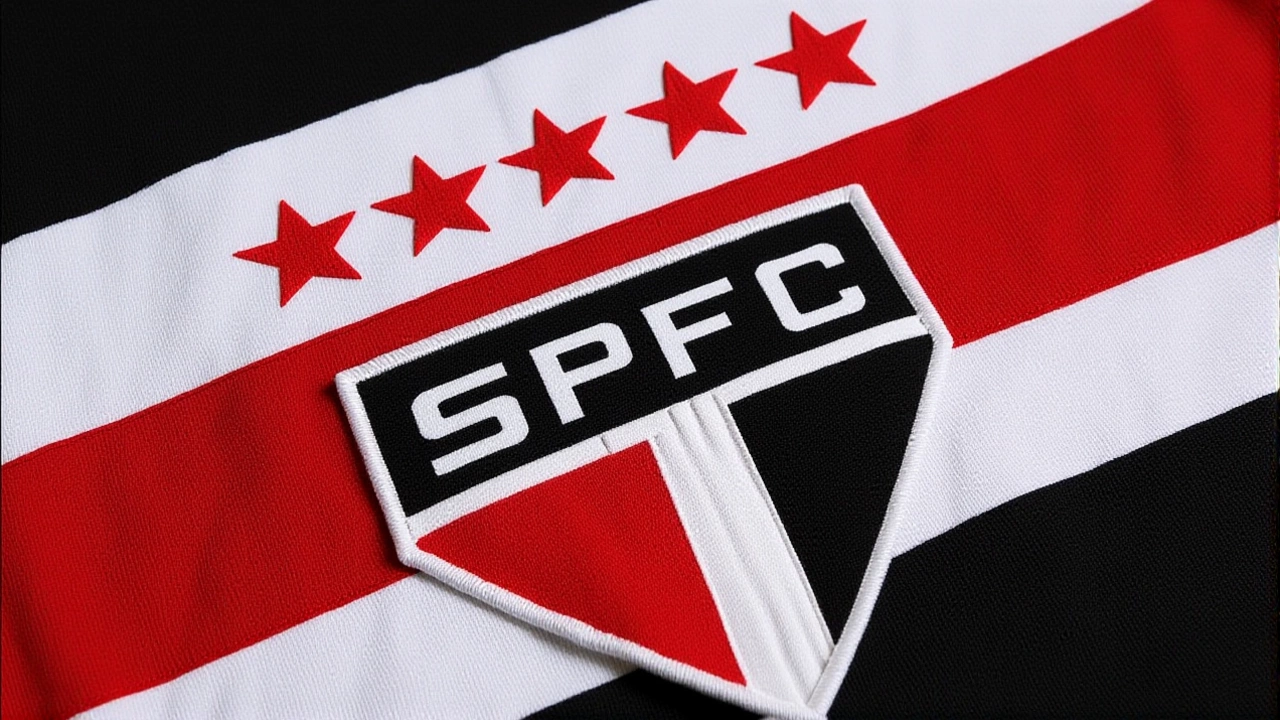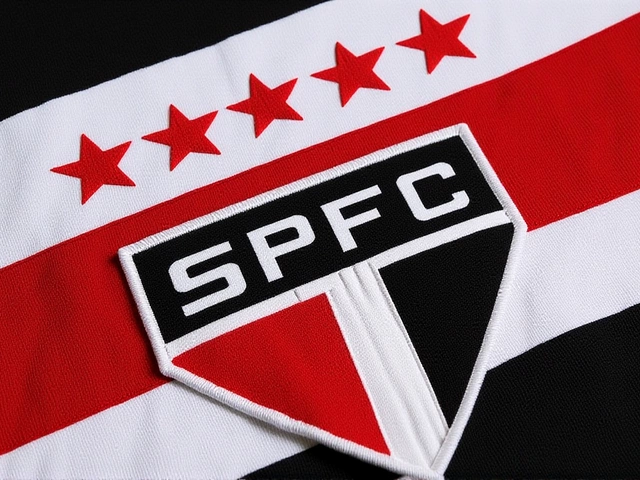When Julio Casares, president of São Paulo FC, unveiled the club’s 2024 financial statements on Monday, the numbers hit a wall: a record‑breaking deficit of R$ 287.60 million (about $48 million). The loss dwarfs the club’s historic margins and places the São Paulo‑based giant among the most financially strained teams in Brazil.
The report, released during the São Paulo FC 2024 Financial DisclosureSão Paulo, showed revenues of R$ 731.90 million ($122 million) – a 9.3 % jump from the previous year – yet debt surged to R$ 968.20 million ($161 million). The paradox of higher income paired with deeper loss sparked a flurry of analysis from industry specialists, notably Sports Value, which flagged a cumulative US$ 55 million shortfall for the club over 2022‑2024.
Why the Deficit Matters
Here’s the thing: a football club’s balance sheet isn’t just about the season‑ticket tally. It dictates whether a team can keep its star players, pay staff, and invest in the academy that fuels the next generation. Casares warned that “the financial pressure is real, but our competitive spirit remains intact,” after noting five finals and three titles in the last four years.
Oddly enough, the biggest culprit isn’t a sudden drop in ticket sales but a combination of structural costs. High‑interest payments on legacy loans, short‑term credit lines, and a wave of taxes and fines have gnawed at cash flow. Add to that a new accounting rule that now treats youth‑academy expenses as operational costs instead of long‑term investments – a shift that alone added roughly R$ 50 million to the expense column.
Breakdown of the Numbers
- Revenue: R$ 731.90 million – driven by broadcasting rights (+R$ 120 M), sponsorship deals (+R$ 90 M), and a record merchandising push.
- Operating Costs: R$ 1 019.50 million – player wages (+R$ 210 M), loan interest (+R$ 75 M), tax settlements (+R$ 45 M), academy reclassification (+R$ 50 M).
- Net Deficit: R$ 287.60 million.
- Total Debt: R$ 968.20 million, up 45 % from 2023.
The club’s debt‑to‑revenue ratio now sits at roughly 1.32, a level that would raise eyebrows in any European league. The Financial Fair Play (FFP) model, if applied, would deem São Paulo non‑compliant, given its three‑year average deficit well exceeds the suggested US$ 4 million annual limit.
Club’s Emergency Funding Plan
In response, the management rolled out a cash‑injection scheme anchored by a São Paulo Credit Rights Fund. The plan aims to raise R$ 240 million ($40 million) over the next twelve months. So far, R$ 135 million has already been secured, a testament to investor confidence in the club’s brand.
Casares explained, “The fund will shore up short‑term liabilities, settle overdue tax bills, and keep the payroll running without compromising our on‑field ambitions.” The strategy also banks on future receivables – over R$ 2 billion guaranteed until 2030 – meaning the club is betting heavily on projected income streams rather than current liquidity.
Broader Crisis Across Brazilian Football
São Paulo isn’t alone. The 20 biggest clubs in Brazil entered 2024 with a combined net deficit exceeding R$ 1 billion ($167 million), a stark reversal from the R$ 1.1 billion surplus recorded a year earlier. Collectively they generated US$ 1.9 billion in revenue but incurred costs of US$ 1.51 billion, culminating in a sector‑wide loss of US$ 237 million.
Experts point to soaring player wages, volatile broadcasting contracts, and a weak macro‑economic backdrop as the main drivers. “Brazilian clubs are operating on razor‑thin margins,” said Marcos Silva, senior analyst at Sports Value. “Without a robust FFP‑type framework, we’ll see more clubs turning to short‑term financing, which only pushes the debt mountain higher.”
Outlook for 2025 and Beyond
Looking ahead, São Paulo projects a modest R$ 44.80 million ($7 million) surplus for 2025, based on budgeted revenue of R$ 859.90 million against expenses of R$ 815.10 million. That optimism hinges on three assumptions: continued growth in broadcast royalties, a stable sponsorship pipeline, and successful monetisation of the club’s extensive youth‑academy talent.
But the reliance on future receivables is a double‑edged sword. Should market conditions sour or player sales falter, the club could find itself scrambling for liquidity again. “We are betting on our brand and on the market’s appetite for Brazilian talent,” Casares admitted. “If that bet doesn’t pay off, we’ll have to revisit our cost structure.”
The situation underscores a wider dilemma: Brazilian football’s glorious on‑field stories are increasingly at odds with off‑field financial reality. For fans, the news is a reminder that the roar of the stadium can’t mask balance‑sheet woes forever.
Frequently Asked Questions
How does the deficit affect São Paulo FC’s ability to sign new players?
The R$ 287.60 million loss squeezes the club’s transfer budget, meaning any big‑ticket signings will likely need to be financed through loan deals or player exchanges. Until the cash‑injection fund stabilises short‑term obligations, São Paulo may prioritise youth promotions over costly acquisitions.
What is the role of the São Paulo Credit Rights Fund in the recovery plan?
The fund is designed to raise R$ 240 million, of which R$ 135 million is already secured. It will be used to settle overdue taxes, reduce high‑interest short‑term loans and keep the payroll uninterrupted, providing a breathing‑room for the club while longer‑term revenue streams mature.
Why did the youth‑academy accounting change increase the deficit?
Previously, academy costs were capitalised as long‑term assets. The new rule treats them as operational expenses, meaning the R$ 50 million spent on training facilities and coaching staff now hits the profit‑and‑loss account directly, inflating the yearly deficit.
How does São Paulo’s financial outlook compare with other Brazilian clubs?
While many of the top 20 clubs posted deficits in 2024, São Paulo’s debt‑to‑revenue ratio of 1.32 is among the highest. Clubs like Flamengo and Palmeiras managed narrower gaps thanks to larger broadcast deals, but the sector‑wide trend points to mounting fiscal pressure across the board.
What could happen if the projected 2025 surplus doesn’t materialise?
Failure to hit the R$ 44.80 million surplus would force the club to renegotiate loan terms, potentially sell promising academy players, or seek additional external financing. In the worst case, non‑compliance with any future FFP‑style rules could trigger sanctions ranging from transfer bans to point deductions.

